Costa Rica packs incredible diversity into a space the size of West Virginia, which makes travel planning crucial. This small country features over 800 miles of coastline, 121 volcanoes, and cloud forests that comprise just 1% of the earth’s woodlands.
Your Costa Rica vacation offers countless possibilities. La Fortuna’s stunning waterfalls, Manuel Antonio’s pristine beaches, and the thrill of ziplining through Monteverde’s canopy await your exploration. The Gatorade-blue waters at Río Celeste Waterfall stand ready to amaze you. Wildlife spotting opportunities abound in one of Earth’s most biodiverse regions.
This guide will help you create the perfect Costa Rica trip based on your travel style, preferred season, and interests. You’ll learn about choosing between dry and rainy seasons, when 4×4 vehicles become essential. The guide explains the pros and cons of San Jose and Liberia airports to help you make the most of your time in this ecological paradise.
Table of Contents
How to Plan the Perfect Costa Rica Itinerary
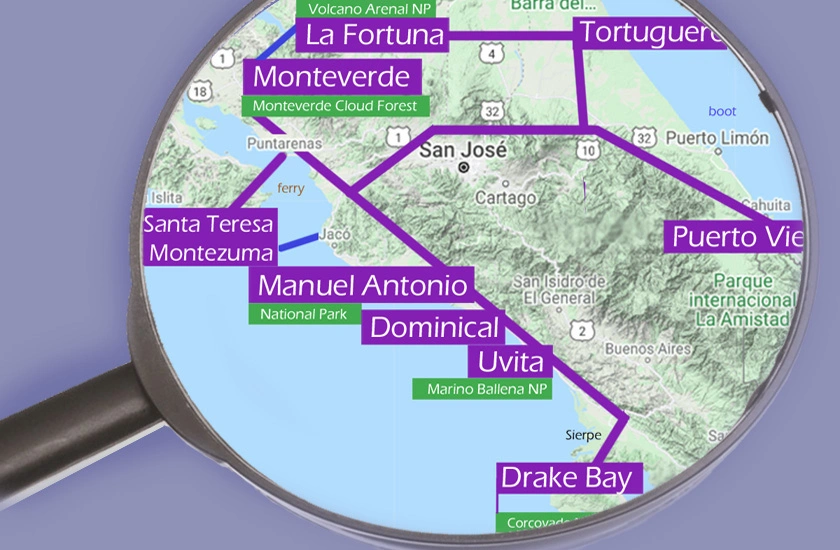
Image Source: Under the Trees
Three key decisions will shape your Costa Rica itinerary. These choices determine what you’ll see, what weather you’ll face, and how you’ll direct yourself through this ecological paradise. Let’s look at each to help you create your perfect Costa Rica vacation.
Decide on your trip length and travel style
The first question is simple: How long can you stay in Costa Rica? You’ll need at least seven days to get a real taste of the country. This gives you enough time to arrive, depart, and truly experience at least two destinations.
Most travel experts recommend 8-10 day trips, with 9 days being the sweet spot. This timeframe lets you experience the country’s diverse ecosystems at a comfortable pace.
A balanced trip looks like this:
- A 7-day trip works best with just two locations
- You need 2-3 more nights for each extra destination
- About 3 days in each area, plus a travel day, works well
North American visitors usually stay for a week, while Europeans stretch their Costa Rica vacation itinerary to 10-14 nights. A two-week stay immerses you in local experiences without rushing from place to place.
When to visit: dry vs. rainy season
Costa Rica has two main seasons, and each brings its benefits:
Dry Season (mid-December to April):
- Hot, sunny days with little rain
- More tourists and bigger crowds
- Higher prices for rooms and activities
- Perfect for beach time and outdoor adventures
Rainy “Green” Season (May to mid-December):
- Fewer tourists and better deals across the country
- Sunny mornings followed by afternoon showers
- Beautiful green landscapes with rich vegetation
- Rain takes a break during July and August
The weather changes a lot depending on where you are. The Caribbean coast stays humid year-round with temperatures from the 70s to the high 80s. The North Pacific has less humidity, but temperatures often reach the 90s in dry months.
Should you rent a car or use shuttles?
Your transportation choice will affect your Costa Rica trip itinerary in significant ways. Here are your main options:
Rental Cars:
- Give you the freedom to explore as you please
- Need confidence with rugged terrain and local driving
- Come with the required insurance that can double the listed price
- Works best if you want to reach remote spots on your own
Shuttle Services:
- Shared rides cost $59-78 per adult based on the route
- Private shuttles take you directly between airports and hotels
- Professional drivers handle all the road challenges
- Often costs less than rentals for families and groups
Public Buses:
- The cheapest option is at $2-20 per ride, depending on distance
- It takes much longer than other options
- Best for budget travelers who have flexible plans
Domestic flights can turn long 4-5 hour drives into quick 30-minute trips, though tickets cost between $50 and $ 300 one way.
Pick your transportation based on what matters most – budget, time, convenience, or comfort. Many travelers mix and match their options. You might take shuttles for longer trips and rent cars locally to explore nearby areas.
Top Destinations to Include in Your Costa Rica Trip

Image Source: Rogue Wanderers
Your Costa Rica itinerary becomes magical when you know which destinations deserve your time. Costa Rica packs remarkable experiences into a small space. Each region offers something unique that will revolutionize your vacation. The country’s landscape ranges from misty mountain forests to sun-soaked beaches. Here are the spots you need to include in your travel plans.
La Fortuna: Volcanoes and waterfalls
The iconic Arenal Volcano towers over La Fortuna, dominating the area with its nearly perfect conical shape. Though quiet since 2010, this volcano created the geothermal forces behind the area’s natural hot springs—you’ll love soaking here after a day of adventure.
The spectacular 70-meter waterfall is La Fortuna’s crown jewel, nestled within a 210-acre biological reserve. To reach this natural wonder, you’ll walk about 530 steps through lush rainforest. The USD 18 entrance fee benefits local conservation efforts and community projects.
La Fortuna has earned its title as Costa Rica’s adventure capital. You’ll find exciting activities like:
- Ziplining through the rainforest canopy
- Whitewater rafting on pristine rivers
- Exploring hanging bridges with volcano views
- Waterfall rappelling to get your adrenaline pumping
Monteverde: Cloud forests and wildlife
Monteverde Cloud Forest Reserve is a rare ecological gem. Cloud forests make up just 1% of global forest cover, but this misty, emerald wonderland houses an incredible 2.5% of the world’s biodiversity within its 10,500 hectares.
Nature lovers come here to spot over 100 mammal species, 400 bird species, and 120 reptile and amphibian species. The reserve holds a world record for having more orchid species in one place than anywhere else—over 500 documented varieties.
Bird enthusiasts can spot Costa Rica’s most celebrated bird, the quetzal. Night tours reveal fascinating creatures like kinkajous, olingos, and the Mexican hairy dwarf porcupine.
Manuel Antonio: Beaches and national parks
Manuel Antonio National Park blends pristine beaches with wildlife-rich rainforest beautifully. Though it’s Costa Rica’s smallest national park, thousands visit with good reason, too—you’ll see sloths, monkeys, and toucans before taking a dip in crystal-clear waters.
Several beaches dot the park. Playa Manuel Antonio draws most swimmers and snorkelers. Playa Espadilla Sur offers quieter moments with impressive waves. Playa Gemelas stays mostly empty, but swimmers should watch for strong currents.
Puerto Viejo: Caribbean culture and relaxation
Puerto Viejo on the Caribbean coast feels worlds apart from Pacific destinations. This relaxed beach town combines Afro-Caribbean culture through its food, music, and architecture. The local rice and beans cooked in coconut milk showcase the region’s unique flavors.
Surfers chase the powerful waves at Salsa Brava. Snorkelers head to vibrant coral reefs at Cahuita National Park and Manzanillo. The town is your gateway to indigenous Bribri culture through cacao farm tours and traditional medicine workshops.
Tamarindo and Nicoya: Surf and sunsets
Nicoya Peninsula’s golden beaches and steady waves make it perfect for surfers. Tamarindo is the North Pacific coast’s surf hub year-round with great conditions. Central Tamarindo’s beach welcomes beginners, while nearby Playa Grande challenges experienced surfers.
The region teems with wildlife. Playa Ostional hosts a fantastic natural event called arribada, where thousands of olive ridley turtles lay eggs each month. The peninsula offers everything from volcanic black sand to sugary white beaches that cater to every beach lover’s dreams.
Best Activities for Every Type of Traveler
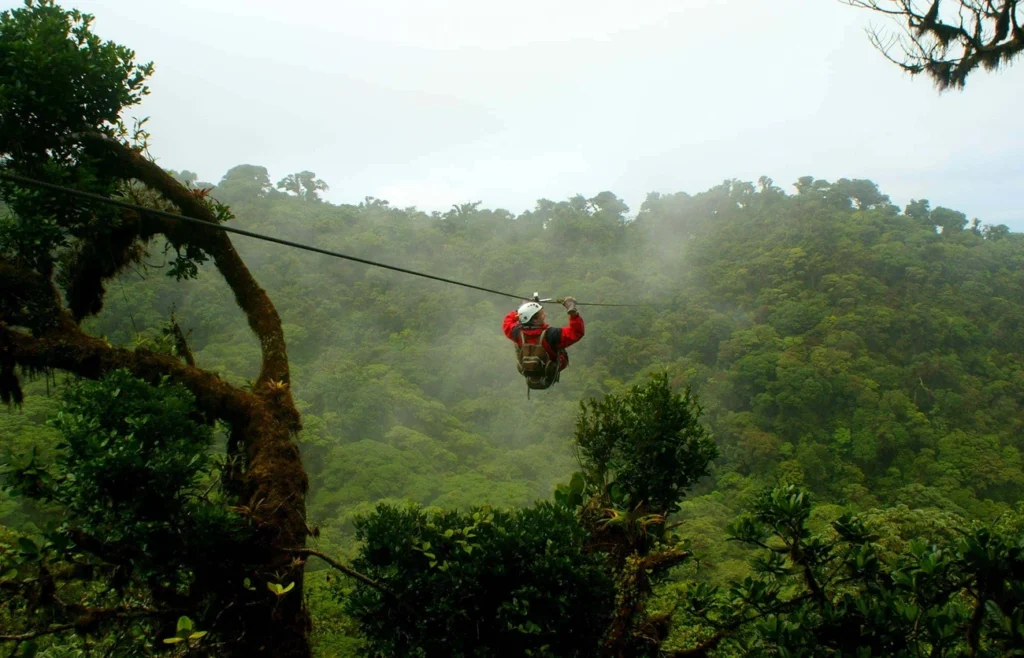
Image Source: EF Ultimate Break
“Look deep into nature, and then you will understand everything better.” — Albert Einstein, Theoretical physicist, Nobel laureate
Creating your Costa Rica trip itinerary becomes exciting when you match activities to your travel style. This ecological paradise has everything from thrilling adventures to peaceful cultural experiences that suit any preference.
Adventure lovers: ziplining, rafting, canyoning
Costa Rica’s adventure scene will get your adrenaline pumping. The ziplines reach up to 70 km/h (43.5 mph) and soar 200m (656ft) high, giving you breathtaking forest canopy views. Sky Trek near Arenal features impressive cables that stretch up to 750m (2460ft) long.
The Pacuare River is one of the world’s best rafting spots. You can also challenge yourself on the Reventazón, Corobicí, Sarapiquí, Naranjo, and Savegre Rivers. Most rapids are class III and IV, and you’ll see spectacular waterfalls along the way.
Thrill-seekers love canyoning, which combines 70-meter waterfall rappels, rock climbing, and Tarzan swings. Rio Perdido’s Canyon Adventure uses carbon fiber cables instead of steel to keep nature’s sounds pure.
Nature seekers: wildlife tours, birdwatching, hiking
Costa Rica packs 5% of global species diversity into just 0.03% of Earth’s landmass. The country’s 30,000-acre protected areas showcase this incredible biodiversity.
Bird enthusiasts can spot over 140 species daily at Peninsula Road. The country houses more than 820 bird species, beating the combined total of the United States and Canada. You might see resplendent quetzals in Monteverde, scarlet macaws in Carara National Park, or agami herons in Tortuguero.
Tenorio Volcano National Park and Corcovado National Park are hiking must-sees. Corcovado fits 2.5% of global biodiversity into .001% of Earth’s surface. Cahuita, Manuel Antonio, and Arenal Volcano National Parks have trails available for wheelchair users.
Relaxation: hot springs, yoga, beach lounging
The mineral-rich hot springs, heated by volcanic activity, make perfect spots to unwind after adventures. People have enjoyed these healing waters for centuries.
Nosara’s Bodhi Tree Yoga Resort lets you practice amid jungle sounds. Its website promises you’ll “wake up with the howler monkeys, meditate beside gentle streams, and be serenaded by the symphony of the jungle.”
Beach options range from Puerto Viejo’s black sand to Nosara and Tamarindo’s white shores. Playa Negra’s palm trees create perfect spots for relaxation.
Cultural experiences: coffee and chocolate tours
Local farms like North Fields in La Fortuna show you “the essence, tradition, and culture of specialty coffee and cocoa”. These tours are a great way to learn about authentic Costa Rican culture.
Tours typically cost $46-$47. You’ll walk through plantations and learn about production from seed to final product. Many tours include extras like sugarcane processing and teach you about “Costa Rican peasant culture”.
Local Tips to Make Your Trip Smoother
“The real voyage of discovery consists not in seeking new landscapes, but in having new eyes.” — Marcel Proust, French novelist and essayist
Your Costa Rica trip will run more smoothly if you understand a few local nuances most travelers miss. These insider tips will help you navigate currency and park reservations and protect you from common scams that could ruin your vacation.
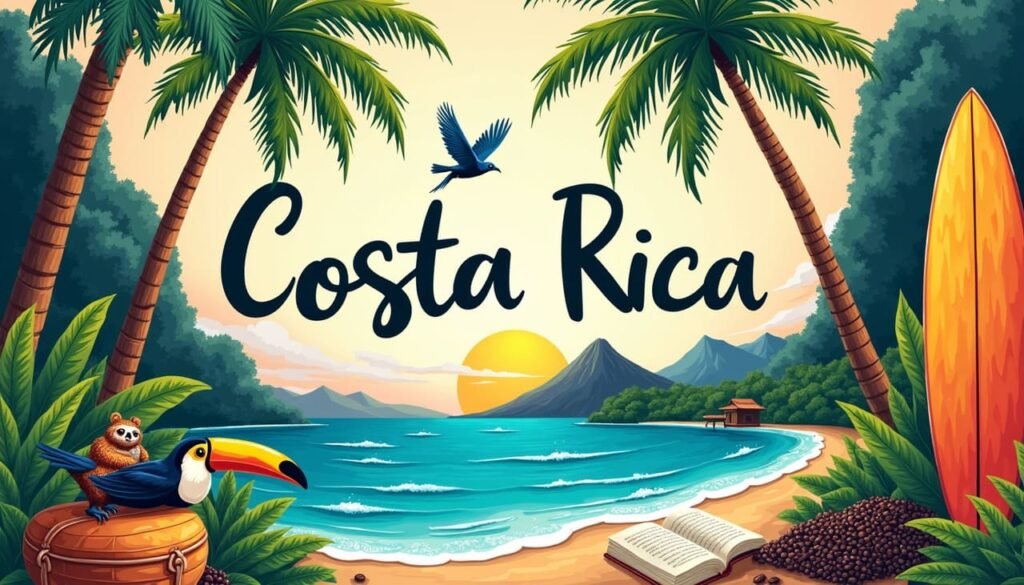
Currency, safety, and simple language tips
The colón (symbol ₡) serves as the official currency, with vibrant banknotes that showcase the country’s wildlife. You’ll find a deer on the 1,000 note, a shark on the 2,000 note, a monkey on the 5,000 note, a sloth on the 10,000 note, and a hummingbird on the 20,000 note. USD is accessible to more people, though smaller bills work better since vendors often reject anything more significant than $20.
The best exchange rates await you in Costa Rica’s banks rather than at airports. Your original passport must accompany any currency exchange transactions. The exchange rate stands around 560 colones per USD.
Costa Rica provides a safe environment for tourists, yet common sense prevails. Store valuables in hotel safe-deposit boxes and carry passport copies during trips. The emergency number is 9-1-1.
Spanish dominates as the official language, but tourism workers often speak English. A translation app on your phone helps bridge communication gaps, especially in rural regions.
Booking national parks and tours in advance
The official SINAC website now requires advance online reservations for popular parks like Manuel Antonio, Poás Volcano, and Rincón de la Vieja (Pailas sector only). This helps you avoid unauthorized websites that charge extra fees.
The booking process requires creating an account, selecting a date and time, and providing passport details for each visitor. Keep your credit card ready since the system cancels incomplete reservations after a set time.
Technical issues with SINAC? Here’s what works:
- A computer works better than a mobile device
- Firefox or Chrome browsers usually succeed
- Manual information entry beats autofill
How to avoid tourist traps and scams
Watch out for taxi drivers who claim buses aren’t running. They target visitors heading to bus stations. The same goes for uncertified “guides” at places like Manuel Antonio National Park.
Restaurant bills deserve a careful review since items might appear mysteriously. When paying in USD, double-check the colones conversion rate.
Related Read: A Traveler Hired the Wrong Tour Guide and Lost $2,000
Book tours through established companies instead of street vendors with suspiciously low prices. Licensed operators invest in proper insurance and certifications, which explains their higher rates.
Sample 10-Day Costa Rica Vacation Itinerary
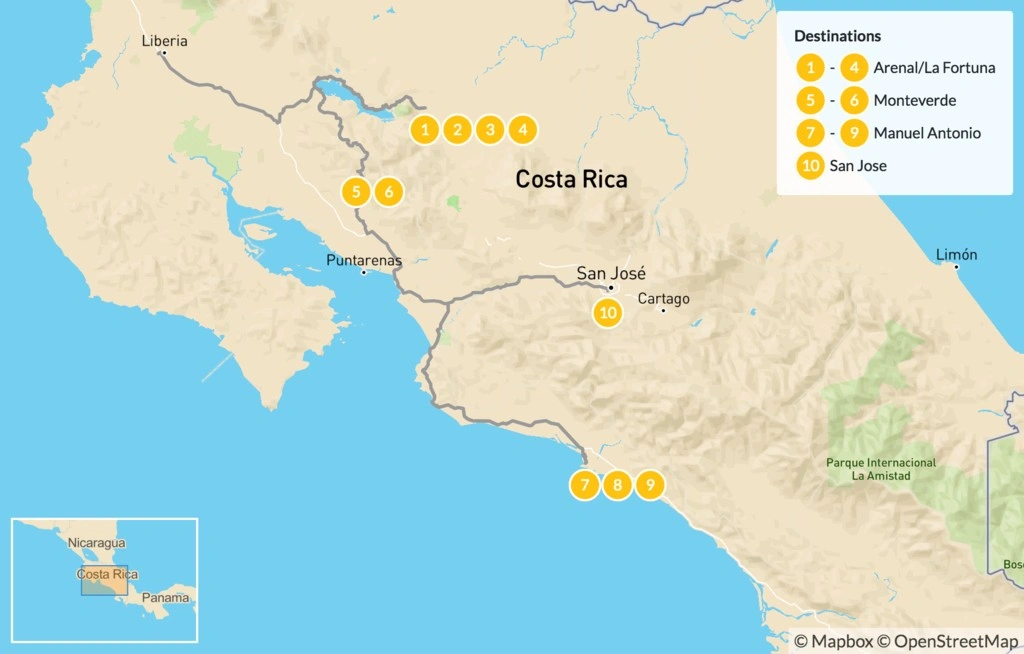
Image Source: kimkim
After planning your trip with these tips, here’s a practical Costa Rica itinerary that gives you the best experience without exhausting yourself.
| Day | Location | Highlights | Tips |
|---|---|---|---|
| 1 to 2 | San José or Liberia | Arrival, rest, adjust to “Pura Vida” | Book airport pickup in advance; rest before traveling further |
| 3 to 5 | La Fortuna | Arenal Volcano, hot springs, 70m waterfall, Mistico Hanging Bridges | Public bus: $5, shuttle: $65–80, private: $200–300 |
| 6 to 7 | Monteverde | Cloud forest, ziplining, night wildlife tours, El Tigre Waterfalls hike | Cloud forest = rare ecosystem; pack layers and hiking shoes |
| 8 to 10 | Manuel Antonio or Puerto Viejo | Beaches + wildlife (Pacific or Caribbean vibe) | Manuel Antonio: easier access; Puerto Viejo: more local culture |
Final Thoughts on Your Costa Rica Itinerary
Your perfect Costa Rica travel itinerary depends on your visit timing and exploration time. The dry season from December to April offers consistent sunshine but bigger crowds. The green season rewards you with lush landscapes and fewer tourists. Your transportation choice will significantly affect your experience. Rental cars let you make spontaneous detours, while shuttles help you avoid navigation stress.
The “Pura Vida” philosophy goes beyond its literal meaning of “pure life.” It represents contentment, gratitude, and living in harmony with nature. Build some flexibility into your schedule instead of filling each day with activities. Your best moments might come from unexpected wildlife sightings or chats with friendly locals.
New visitors can use the sample 10-day Costa Rica itinerary as a starting point and adjust stops based on their interests. La Fortuna’s volcanic landscapes, Monteverde’s rare cloud forests, and pristine beaches on either coast greatly mix the country’s ecosystems. If you have limited time, focus on quality experiences in two locations rather than rushing between many spots.
FAQS Related to the Costa Rica Itinerary
When is the best time to visit Costa Rica?
The best time depends on your preferences. December to April is the dry season, perfect for beach activities but more crowded. May to November is the green season, offering lush landscapes and fewer tourists, with July and August providing a brief drier period.
Is Costa Rica an expensive destination?
Costa Rica can be more expensive than some travelers expect. While budget options exist, activities, accommodations, and transportation costs can add up quickly, especially in popular tourist areas. It’s wise to budget accordingly and book in advance when possible.
Do I need to rent a car in Costa Rica?
Renting a car provides flexibility, but it isn’t necessary. Many visitors use a combination of shuttles, public buses, and domestic flights. If you do rent, be prepared for challenging road conditions in some areas and ensure you understand the mandatory insurance requirements.
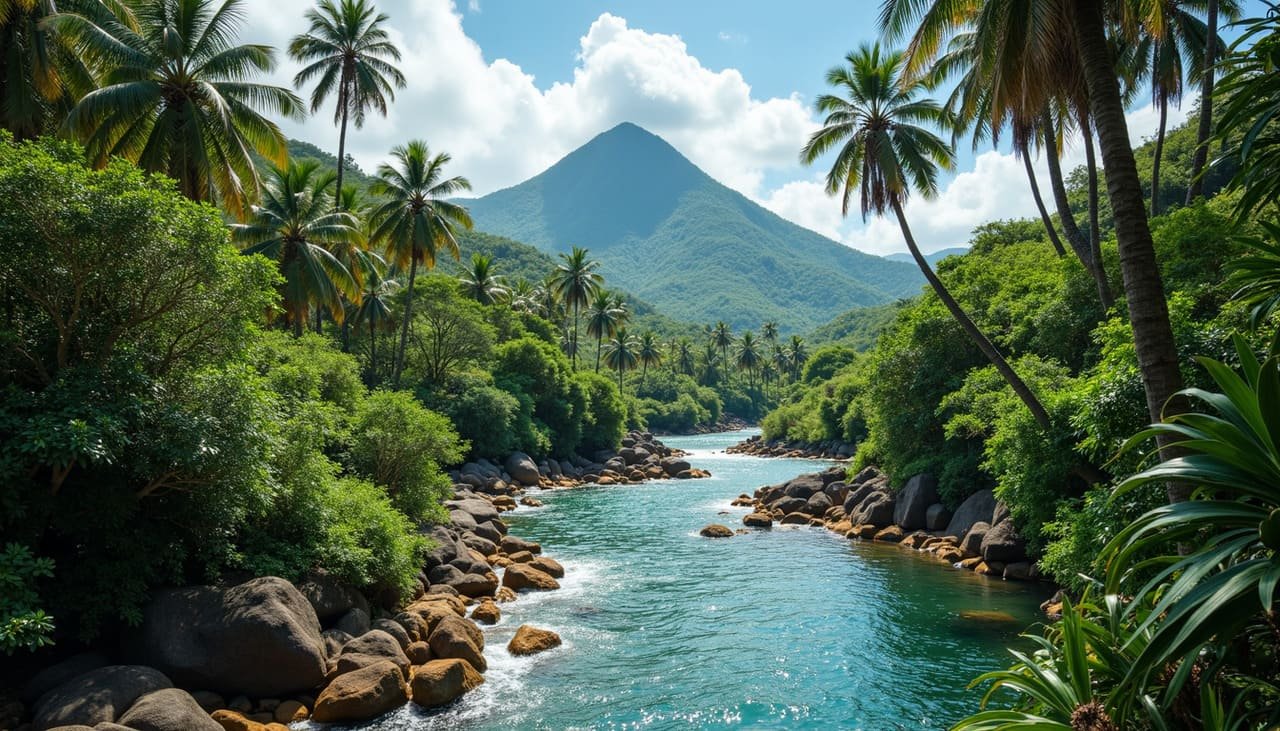

Leave a Comment